[Published with permission from the Defense & Foreign Affairs Special Analysis]
Founded in 1972. Formerly Defense & Foreign Affairs Daily
Volume XXXIX, No. 52
Gregory Copley/ October 15, 2021
Global Information System/ISSA.
Analysis. From GIS/Defense & Foreign Affairs, Washington and Addis Ababa.

Washington, by mid-October 2021, had begun ramping up hybrid warfare operations against Ethiopia, hoping to stop it dominating the critical lower Red Sea trade routes.
This has forced Ethiopia to seek allies and protection elsewhere. Russia, the People’s Republic of China (PRC), and Turkey have rushed in to fill the power vacuum.
The now-open hostility of the US Biden Administration toward Ethiopia was rationalized as supportive of Egypt’s position as the US’ preferred partner in the region, controlling the Suez Canal. Washington also justifies its hostility on claims — widely discredited by the evidence — of Ethiopian “human rights violations” in its fight against the Tigré Popular Liberation Front (TPLF) marxist insurgency. But it was the TPLF which began the war surging into the neighboring Ethiopian Amhara and Afar regions, causing millions of refugees.
And despite the US, Beijing and Moscow have also improved their positions with Cairo.
As a result, the Ethiopian Government, which had seen Washington as its preferred partner, was forced to re-open talks with the PRC — which the Government of Prime Minister Abiy Ahmed Ali had essentially rejected on taking office in 2018 — as well as Russia and Turkey. Turkey had until this point been regarded as threat to Ethiopia, given that it had been funding Islamist insurgents in Ethiopia in recent years.
To improve its defense position, the Ethiopian National Defense Force has been acquiring significant numbers of unmanned aerial combat vehicles (UCAVs) from the PRC, Turkey, and Iran, and large amounts of weapons and ammunition from Russia, Belarus, and the UAE. Russia has been moving Sukhoi Su-27S combat aircraft into the Ethiopian Air Force.
The US moves support Egypt’s longstanding rivalry with Ethiopia — a rivalry which has not been reciprocated — out of fear that a strong and united Ethiopia could dominate the lower Red Sea and jeopardize maritime traffic coming into and from Egypt’s Suez Canal. Egyptian has also alleged that Ethiopia, the source of the Blue Nile, was restricting Nile water flows to Egypt. This was proven to be a false claim, too, although Egypt does face an increasing water shortage because of its growing population. Cairo, however, needs a scapegoat.
The PRC and Russia have been able to prove that they have real leverage in the region by resisting US attempts to have the United Nations Security Council authorize military intervention against Ethiopia. The US move was to help the TPLF and the equally-violent — indeed, avowedly genocidal — Oromo Liberation Front (OLF) to break up Ethiopia.
Beijing and Moscow have gained considerable gratitude in Addis Ababa by using their veto powers in the Security Council to delay or block US plans.
Washington in mid-October 2021 escalated plans for economic sanctions against Ethiopia for refusing to allow “US aid” convoys to be routed through the Ethiopian capital to the TPLF. Addis Ababa quickly discovered that the “US aid” convoys were going merely to support the TPLF’s military operations against both the Tigrean population and other Ethiopians.
Hundreds of “aid convoys” were reaching the TPLF, but the trucks never returned to the capital; they were diverted to be used by the TPLF to aid its mobile warfare, now well-entrenched in the Amara and Afar regions.
So, far from being embattled, the TPLF has been engaging in large-scale, formal offensive military operations and causing what is genuinely a humanitarian crisis, with massive casualties and refugees. The World Heritage city of Lalibela in Amhara Region has, for several months, been occupied by TPLF forces, trained and armed by the former US Barack Obama Administration.
Long-serving United Nations officials in Ethiopia have complained that, with the US pressure, new UN officials have been shipped into the country and have been promoting the US-TPLF line against the advice of the more experienced UN country team. Meanwhile, Ethiopian Government forces had, by the second week of October 2021, begun an offensive against the TPLF, utilizing the PRC’s Wing Loong II (CJ-2) MALE (Medium-Altitude, Long-Endurance) UCAVs, which had been shipped in urgently from Chengdu to the Harar Meda Air Base in Ethiopia, not far from the fighting in the Afar and Amhara regions. The CJ-2s can carry 420kg of ordnance, including precision weapons.
Ethiopia has also acquired Turkish Bayraktar TB2 UCAVs, as well as Iranian UAVs.
It does not appear as though the US escalation of political and economic warfare against Ethiopia will abate as long as the Biden Administration’s present State Dept. team is in place. State Dept. sources admit privately that they are using the same playbook against Ethiopia as they used during the US Clinton Administration against Serbia in the 1990s. But at that time, the US was strategically far stronger and the PRC, Russia, and Turkey far weaker.


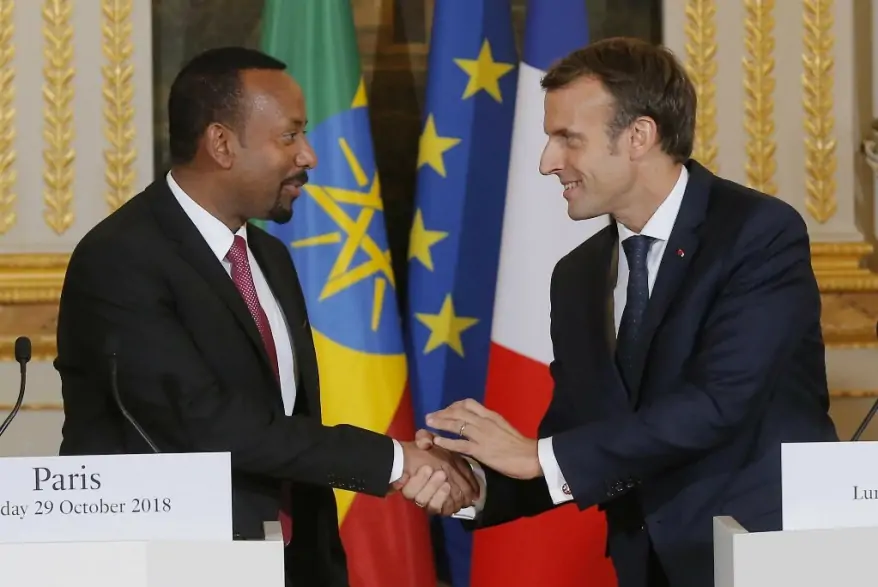
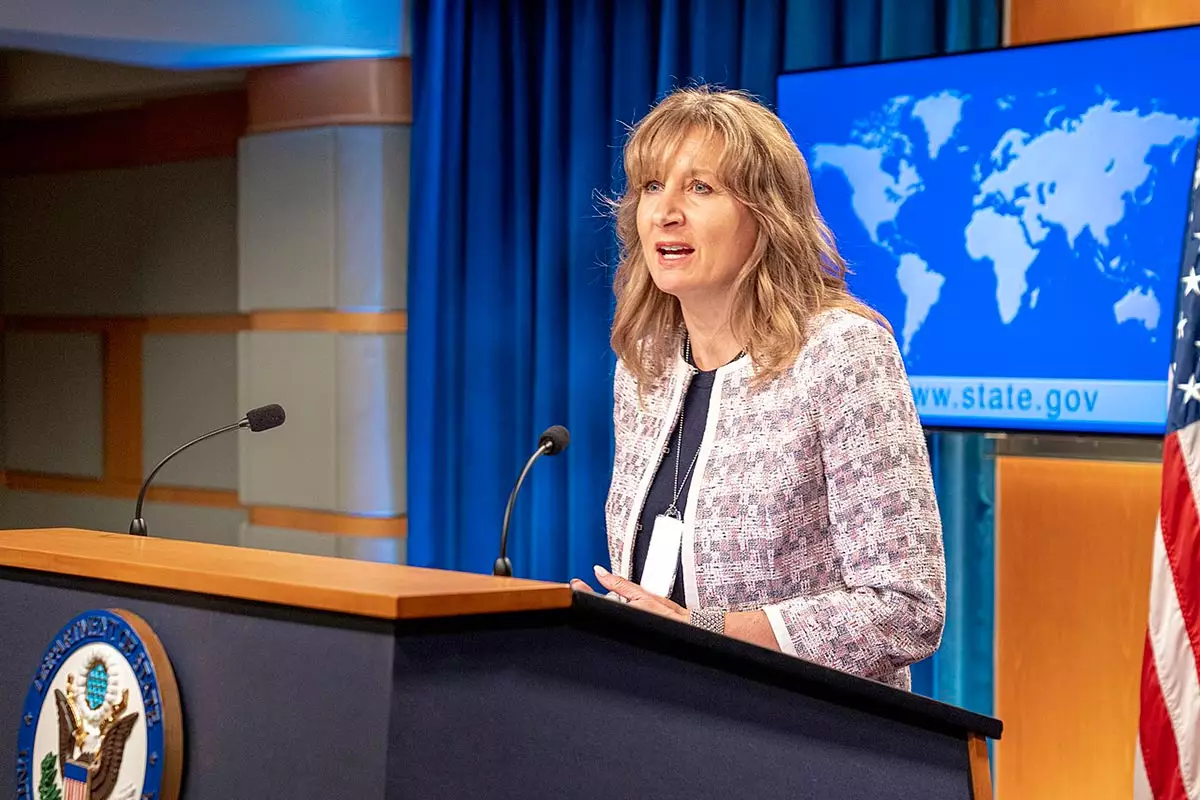

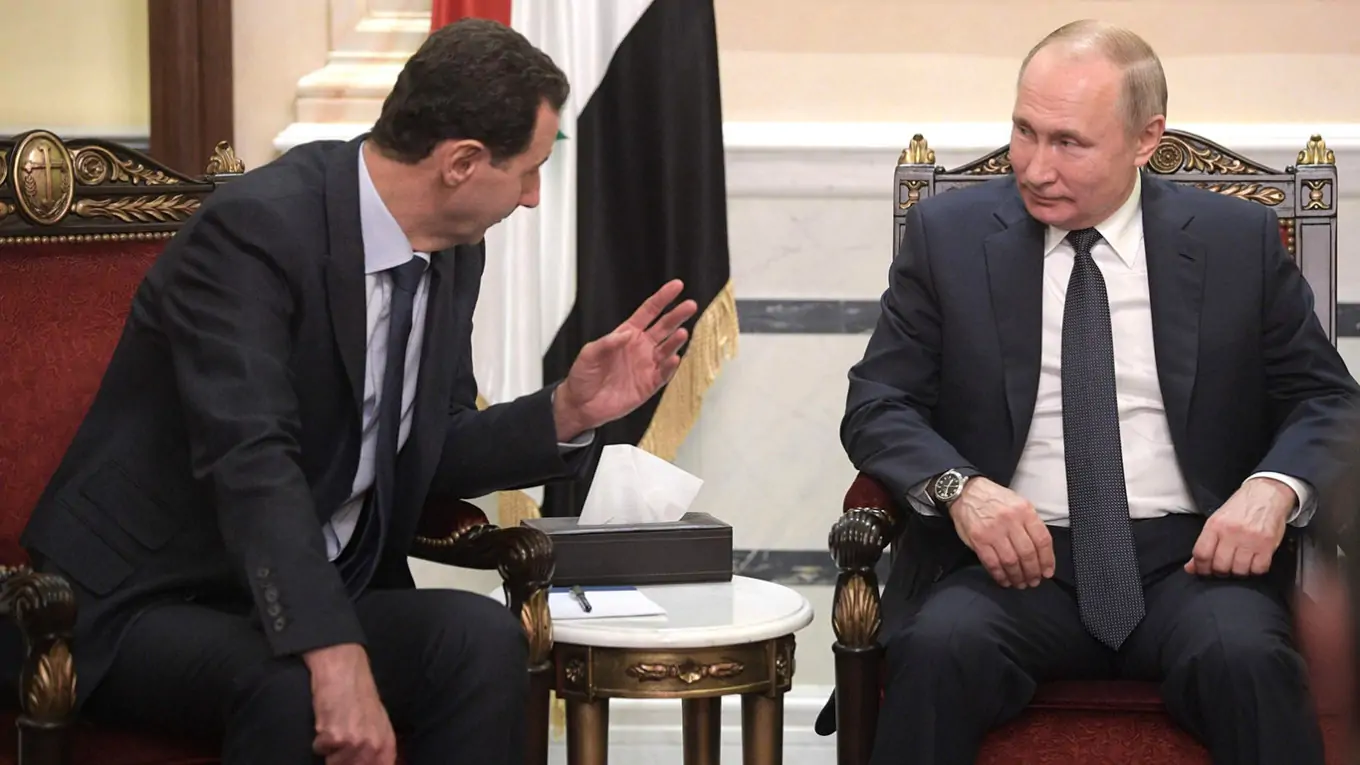
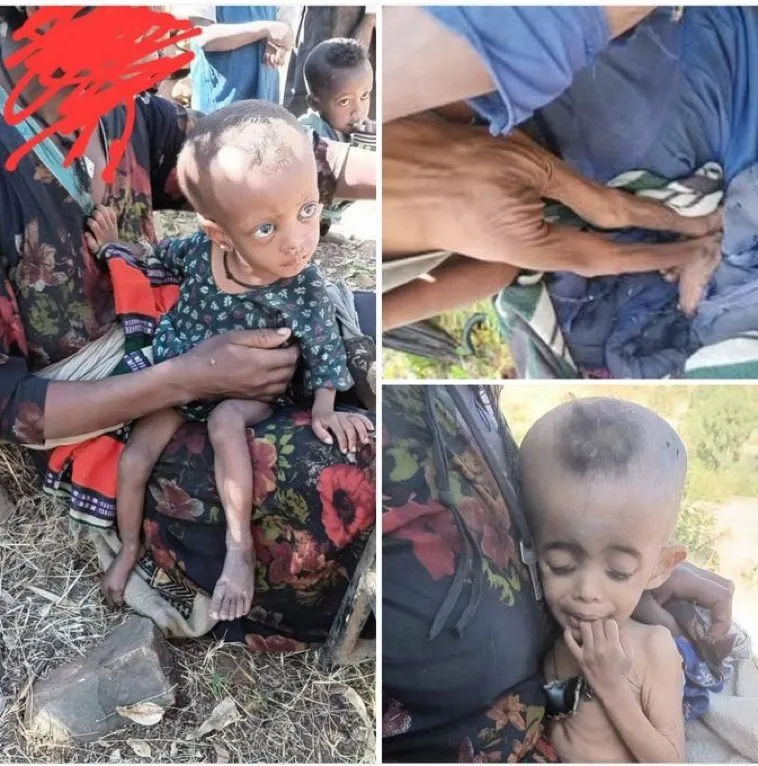




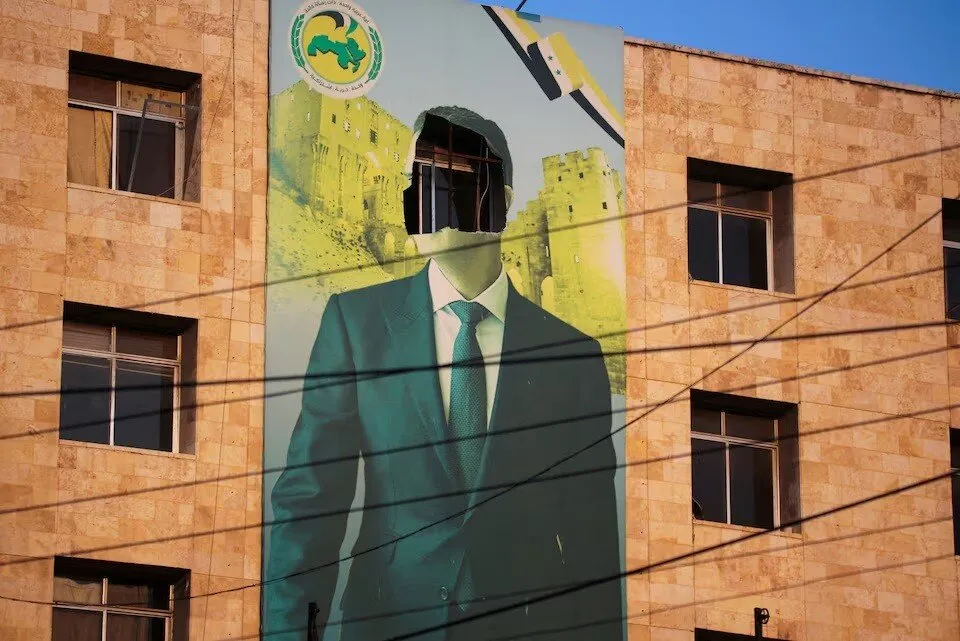
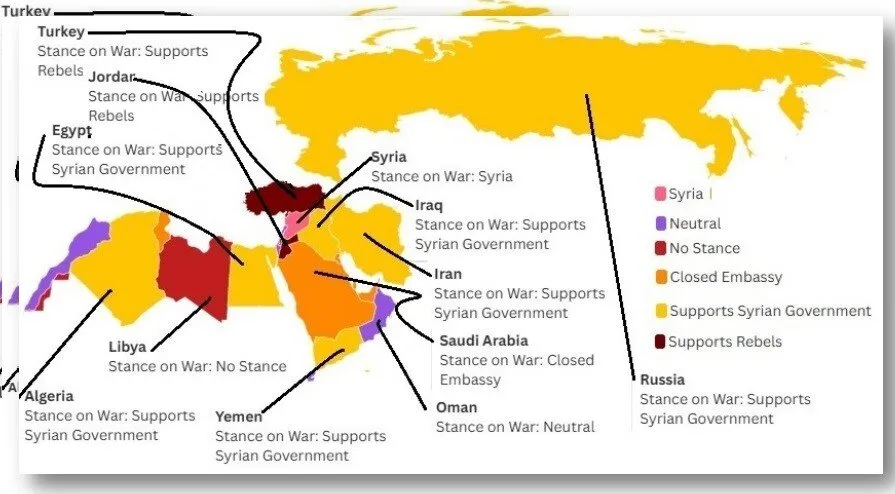
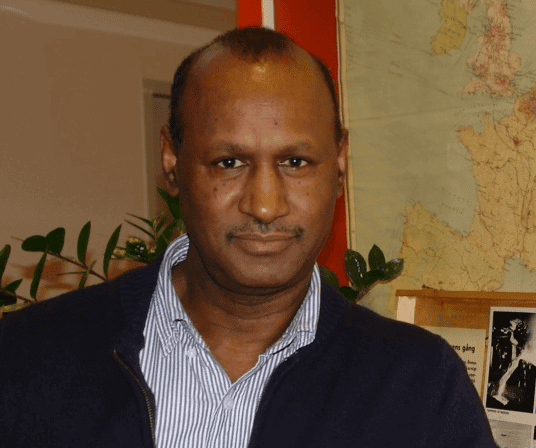
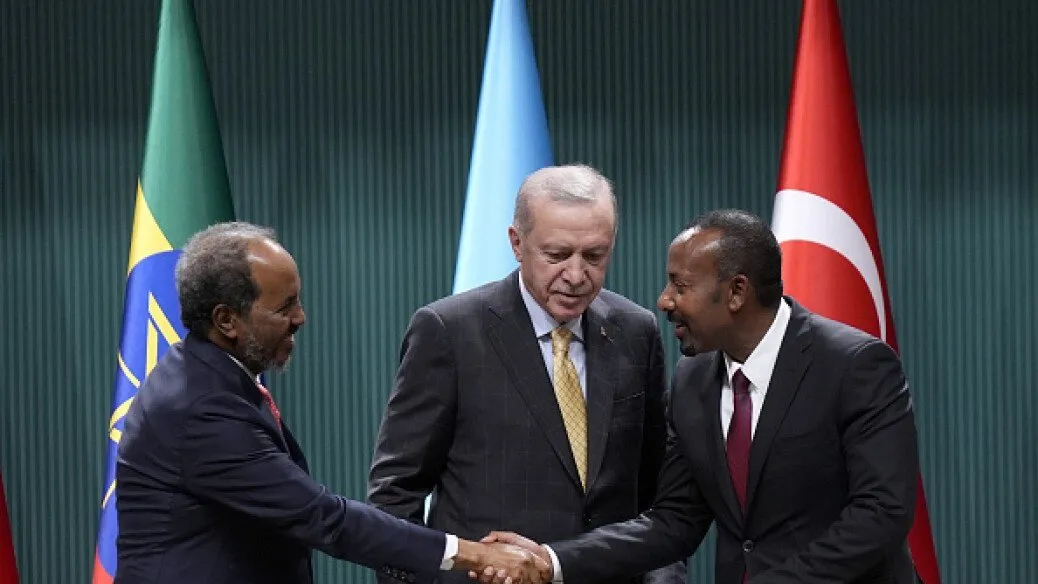


This is another well articulated article. My hunch/suspicion is some influential groups in the West might have reached a consensus that with its exploding explosion and visible if confined hostilities among its more than 80 ethnic groups, Ethiopia has reached a point where it will not be able to carry its overwhelming weight in its current union. They may think/believe a new arrangement must be worked out ala Yugoslavia, Czechoslovakia or who knows what! It will be interesting how this plan is gonna pan out.
In regards to Egypt it is and will continue to be a nightmare for policy makers here in the west. As indicated in the article Egypt is facing the same potentially crushing problem as the old country. It has a population growing at an alarming rate. Due to being overworked and the changing climate it’s once blooming oases are shrinking and even disappearing. With scant amount of annual rainfall Egypt is gonna need more water to keep its exploding population fed, bathed and quenched. This is not just made up story but a fact. The fact is Egypt is not doing its homework in using its current water supplies properly. It is acting as if it living in Arkansas or Louisiana by the banks of the Mississippi River. There is evidence that it is sitting on a sizable aquifer. It is also surrounded by huge body of sea water. I was relieved to discover that the fillings of GERD dam has not affected the flow of water. Egypt’s own minister has attested to that fact. Amid all this hullabaloo we should keep in mind the great Suez Canal. Egypt must be kept stable so the canal will continue to operate without disruption. Without the canal Red Sea is just another barren body of water! Europe’s economy could be toast. I wholeheartedly agree with that assessment but not at the expense of those innocent black folks. Phew! What complexity of scenarios!!! Let just hope for the best for the innocent citizens of both Ethiopia and Egypt.
Make that: My hunch/suspicion is some influential groups in the West might have reached a consensus that with its exploding population and visible, if confined, ….